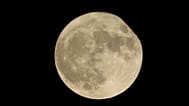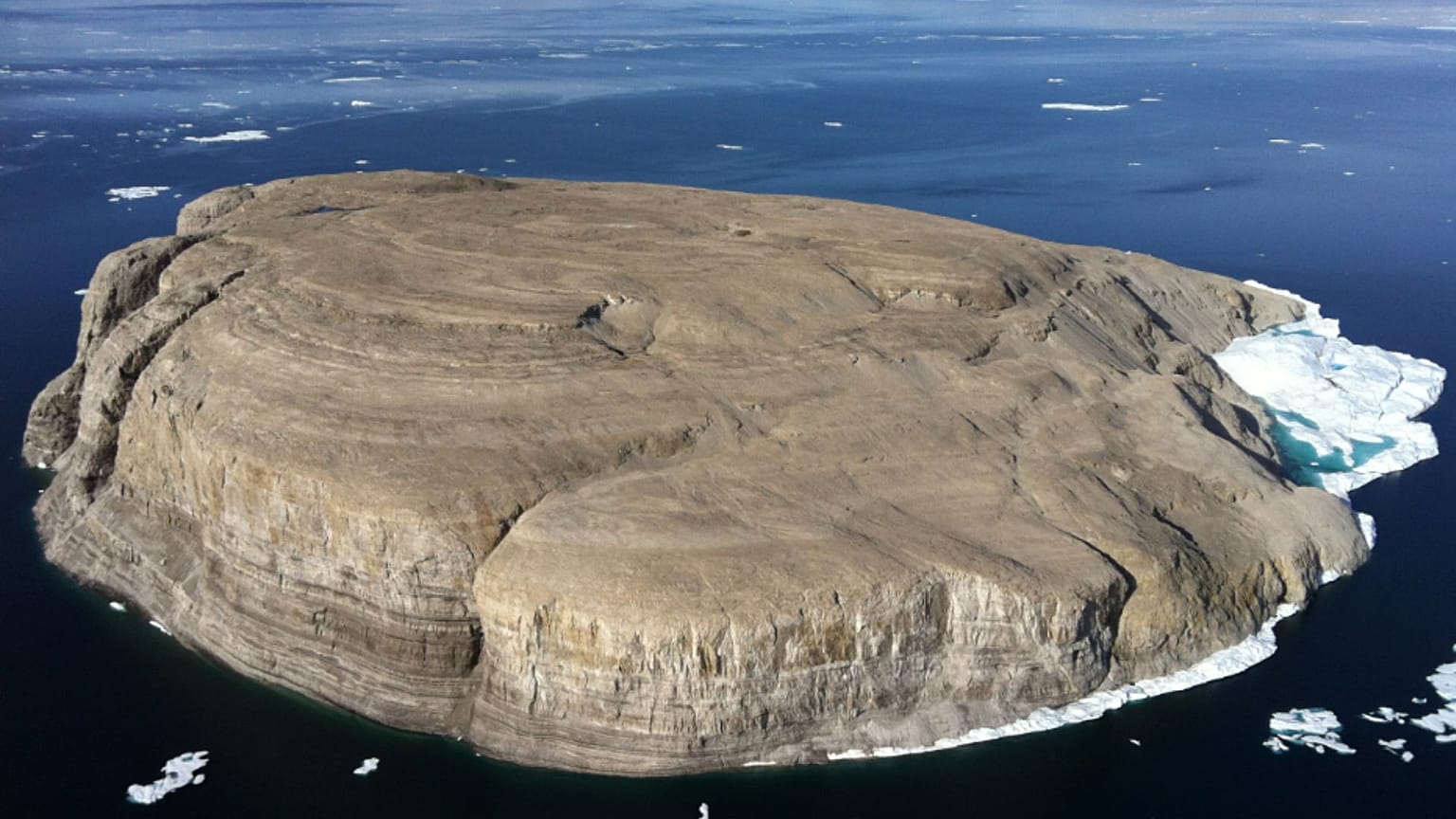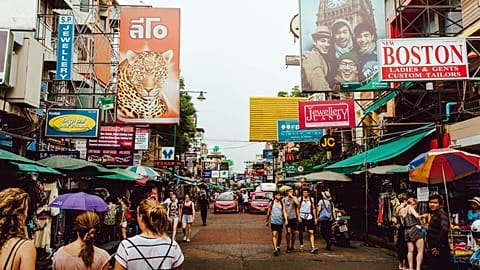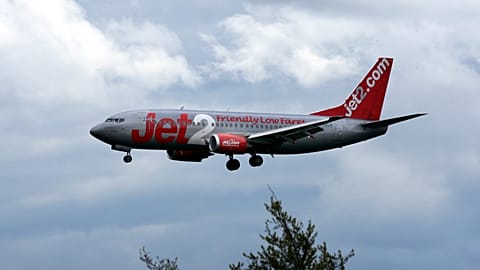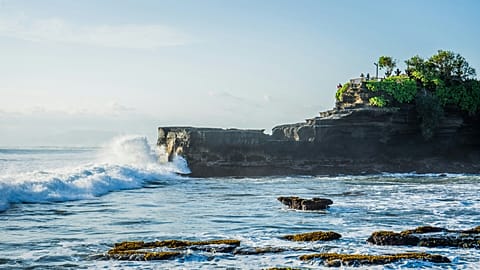Several bottles of spirits have been buried on a barren rock in the Arctic. Here’s why.
A barren and uninhabited rock off the north-western coast of Greenland, Hans Island is not much to look at.
Yet for 49 years, both Denmark and Canada have claimed ownership over the 1.3 square kilometre lump.
For decades, politicians from each country have periodically visited the wind-battered island, planting a flag - and burying a bottle of national spirits - to mark their territory.
On Tuesday, the two countries agreed to divide the tiny island between them. It’s unclear who gets to keep the half-dozen bottles of Danish schnapps and Canadian brandy that visitors left behind.
Who owns Hans Island?
In 1973, Canada and Denmark agreed to create a border through Nares Strait, halfway between the semi-autonomous Danish territory of Greenland and Canada’s Ellesmere Island.
But they were unable to agree which country would have sovereignty over Hans Island, a wind-battered rock about 1,100 kilometers south of the North Pole.
Nearly half a century after the original agreement was deferred, the two countries have finally settled the question of ownership.
Under a new agreement - announced on Tuesday - the tiny Island will be divided down the middle.
“It sends a clear signal that it is possible to resolve border disputes ... in a pragmatic and peaceful way, where the all parties become winners,” said Danish Foreign Minister Jeppe Kofod.
He described the deal as “an important signal now that there is much war and unrest in the world.”
The agreement enters into force after the two countries’ internal procedures have been completed. In Denmark, the Parliament must first give its consent to the agreement.
“It’s a win for Canada. It’s a win for Denmark,” Canadian Foreign Minister Mélanie Joly said, alluding to Russian President Vladimir Putin’s invasion of Ukraine.
“We’re showing other countries how territorial disputes can be resolved ... What we’re saying to President Putin is, ‘We have the best way to settle disputes.’”
What is the whiskey war?
The territorial dispute — nicknamed the “whiskey war” by media — has raised its head multiple times in the last few decades.
In 1984, Denmark’s minister of Greenland affairs raised a Danish flag on the island, buried a bottle of Danish schnapps at the base of the flagpole and left a note reading, “Welcome to the Danish island.”
Canadians then planted their own flag and left a bottle of Canadian brandy. Since then, the countries have in turns hoisted their flags and left bottles of various spirits in a tot-for-tot dispute.
In 2002, Nana Flensburg was part of a Danish military crew that stood on the cliff to perform a flag-raising ceremony. In her diary, she wrote that “among the stones in the cairns were lots of bottles, glasses, etc. with documents that informed about previous visits to the island.”
Although both countries have sent warships to the island, there was never any risk of a shooting war. The rock has no known mineral reserves of value, and both sides resolved to settle the problem peacefully and talks began in 2005.
On Tuesday, the Danish and Canadian foreign ministers exchanged bottles of whiskey.
The agreement means the United States will no longer be the only country with which Canada shares a land border.
“We now have a border with the E.U,” Joly said.
It also settles maritime boundaries around the island. These could have grown in importance as global warming in the Northwest Passage could open the channels of Canada’s Arctic islands and shortens the voyage from Europe to the Far East. The United States, Canada, Russia, Denmark and Norway have been staking claims in the Arctic.
The settlement also gives indigenous access and rights of use to Hans island.


